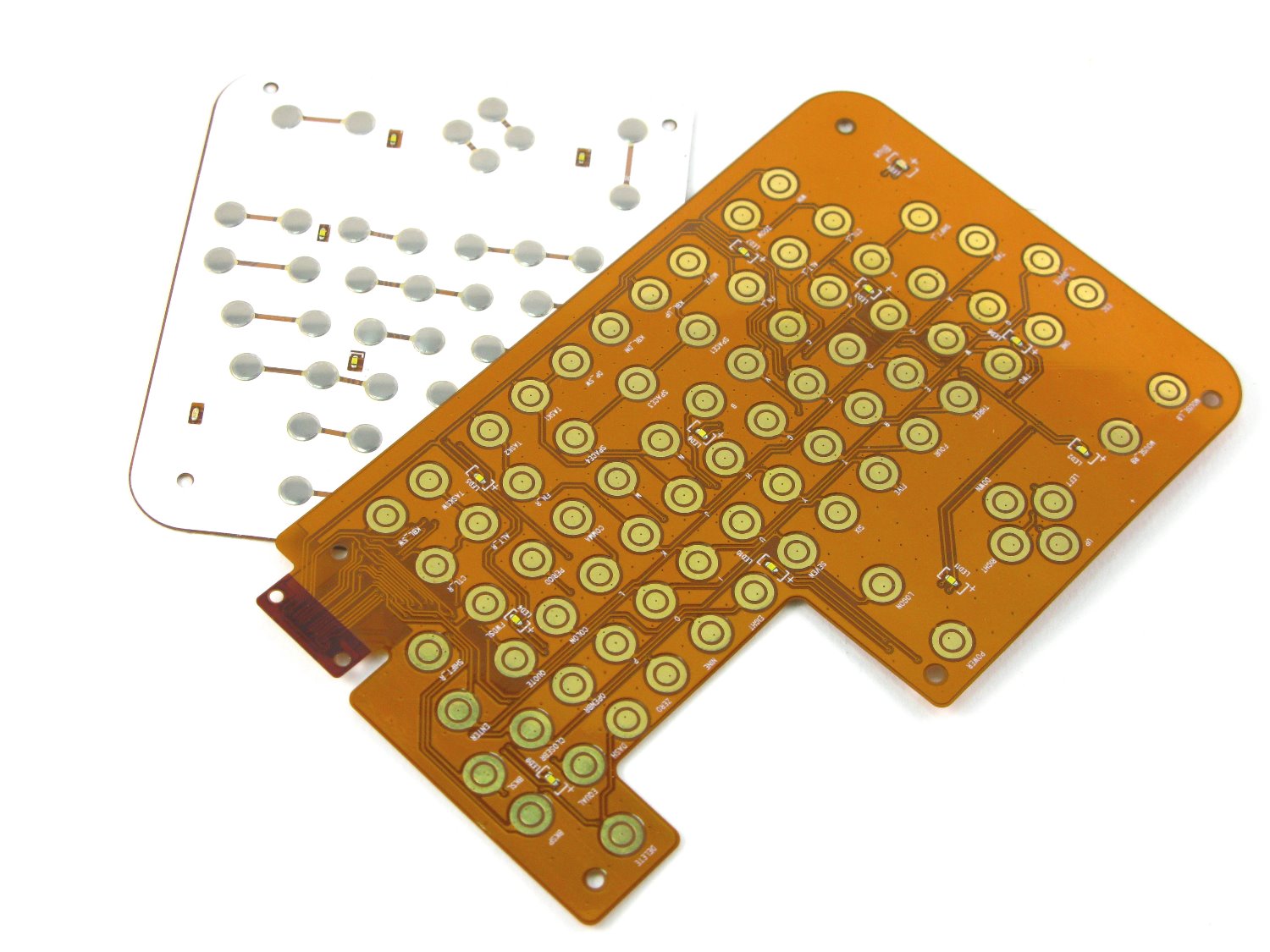Before you get too excited in regards to the bandwidth quantity, it’s best to know that Sony’s latest wireless innovation works at a spread of as much as 14 millimeters. So no, it will not be changing your WiFi antenna anytime quickly, but it could effectively be exhibiting up in your next television set or other little bit of Sony-branded gadgetry. Working in the 30GHz to 300GHz frequency vary, this is designed to exchange wired communication channels inside electronic units, PCB board with Sony claiming it’ll ship «advantages such as dimension and cost-discount and enhanced reliability of the ultimate product.» Basically, erecting 1mm antennae that can beam info at one another at a rate of 11Gbps seems to be less complicated and pcb assembly extra dependable than printing ever wider data lanes into the circuit board. Makes sense to us. Full PR after the break. Tokyo, Japan, February 8, 2010 – Sony Corporation (‘Sony’) at the moment announced the development of millimeter-wave wireless intra-connection expertise that realizes high speed wireless data transfer inside digital merchandise such as television sets. By replacing difficult wires and inside circuitry with wireless connections, this technology permits a reduction in the size and price of the IC and other parts used in electronics merchandise, delivering advantages corresponding to dimension and value-discount and enhanced reliability of the ultimate product. The advancing functionality of immediately’s electronics products requires ever growing quantities of internal data transfer. Once wired connections method the restrict of their information capacity, additional circuitry is required to facilitate larger information transfers, nonetheless this leads to the difficulty of increasingly complicated IC packages, intricately printed circuit boards, and larger IC sizes. This new wireless intra-connection system is predicated on millimeter-wave wireless data switch technology. Millimeter-wave refers to electromagnetic waves with a frequency of 30GHz to 300GHz, and wavelength between 1mm to 10mm. With their high frequency, millimeter-waves are suited to ultra high velocity information switch, whereas an additional benefit is their ability to transfer information utilizing only very small antennas. The excessive frequency applied sciences used in this system also draw on Sony’s extensive expertise and years of experience in the sphere of wireless communications and broadcast products. Specifically, Sony has built-in highly energy efficient millimeter-wave circuits on 40nm-CMOS-LSIs (with an energetic footprint of simply 0.13mm2 together with each the transmitter and receiver), to appreciate high speed, 11Gbps data transfer over a distance of 14mm utilizing antennas approximately 1mm in size. By changing bodily circuitry in electronics products with high pace wireless connections, this new information switch know-how reduces the variety of wired connections and minimizes IC use, to simplify the IC package deal and printed circuit board. Furthermore, as a result of the info transfer occurs without contact, this enhances the reliability of movable and detachable elements within the product. Sony will proceed with efforts to undertake this know-how in a range of electronics products, while continuing its growth to satisfy ever-increasing information-fee requirements. If you liked this article and you also would like to obtain more info concerning pcb assembly – home-page, generously visit our page. Sony has drawn on its years of experience in radio frequency applied sciences to realize compact, low power, millimeter-wave circuits optimal for use in intra-connection over CMOS-LSIs. Due to the small footprint of just 0.13mm2 the circuits might be constructed right into a single chip, at very low price. Synchronized detection, which aligns the receiver with the transmitted service frequency, is an efficient means of providing ample transmission vary for intra-connection, whereas also ensuring low energy consumption. However, the PLL (Phase Locked Loop) usually used for this synchronization has the drawback of requiring large, power-consuming circuitry to transmit at millimeter-wave frequency. By adopting an injection lock system that eliminates PLL, Sony has enabled synchronized detection over small dimension circuits, while also minimizing energy consumption and offering adequate transmission vary for profitable intra-connection. This technology, used together with miniature antennas approximately 1mm in length, allow transmission speeds of 11Gbps over a distance of 14mm, with power consumption of 70mW. It is feasible for this distance to be prolonged to round 50mm using high directivity antennas. 2 A technique of synchronization that injects incoming alerts into the receiver’s oscillator, and then aligns the oscillator to that sign. All products really useful by Engadget are chosen by our editorial staff, independent of our guardian company. Some of our stories embody affiliate hyperlinks. If you purchase one thing by one of these hyperlinks, we may earn an affiliate fee.

